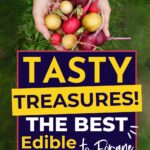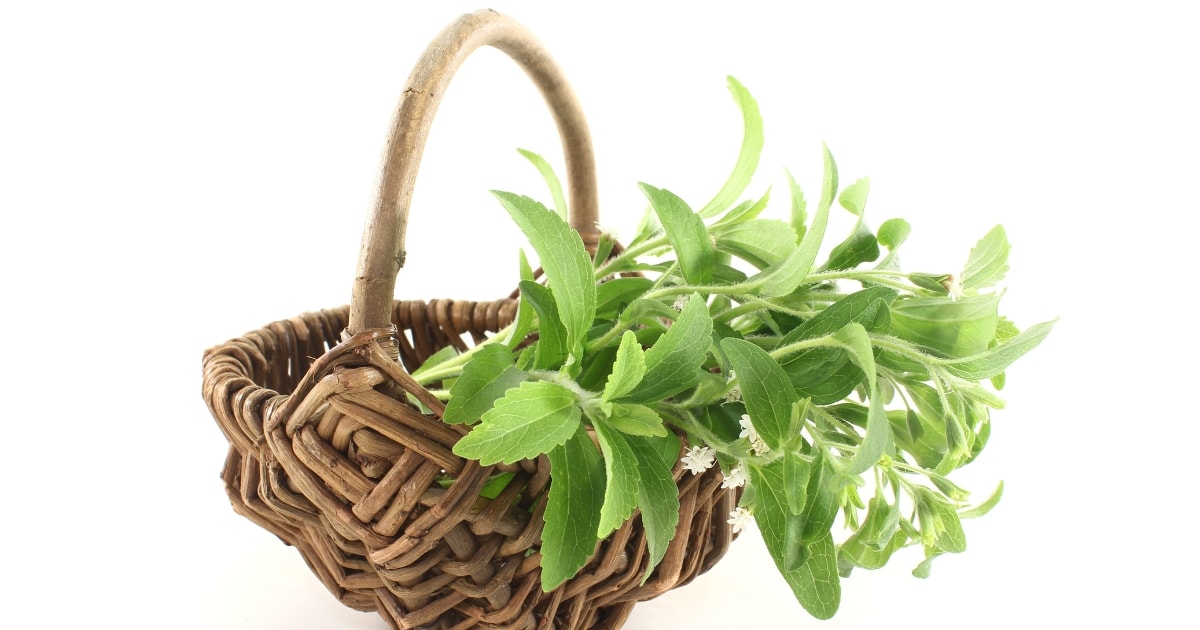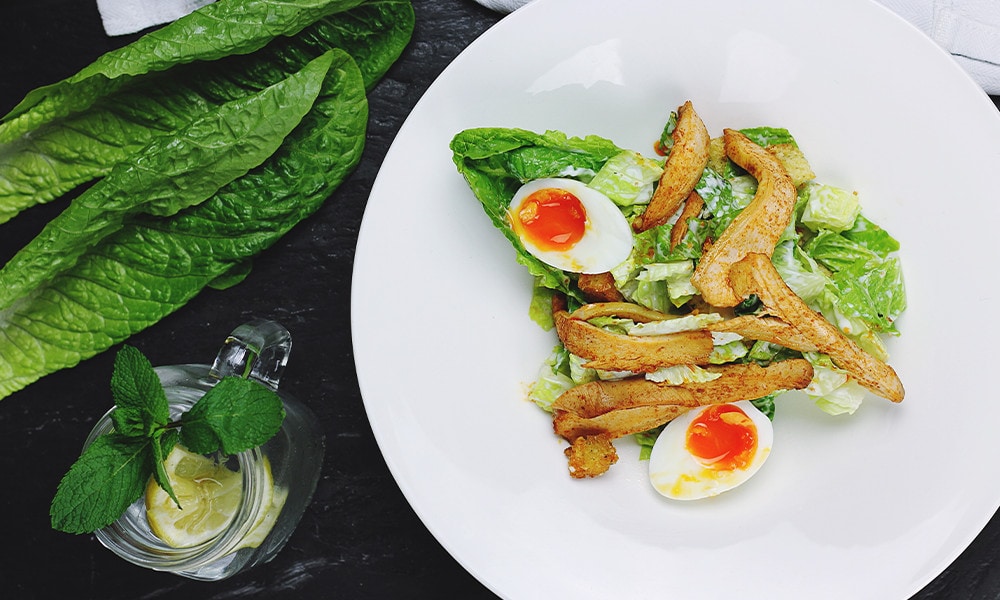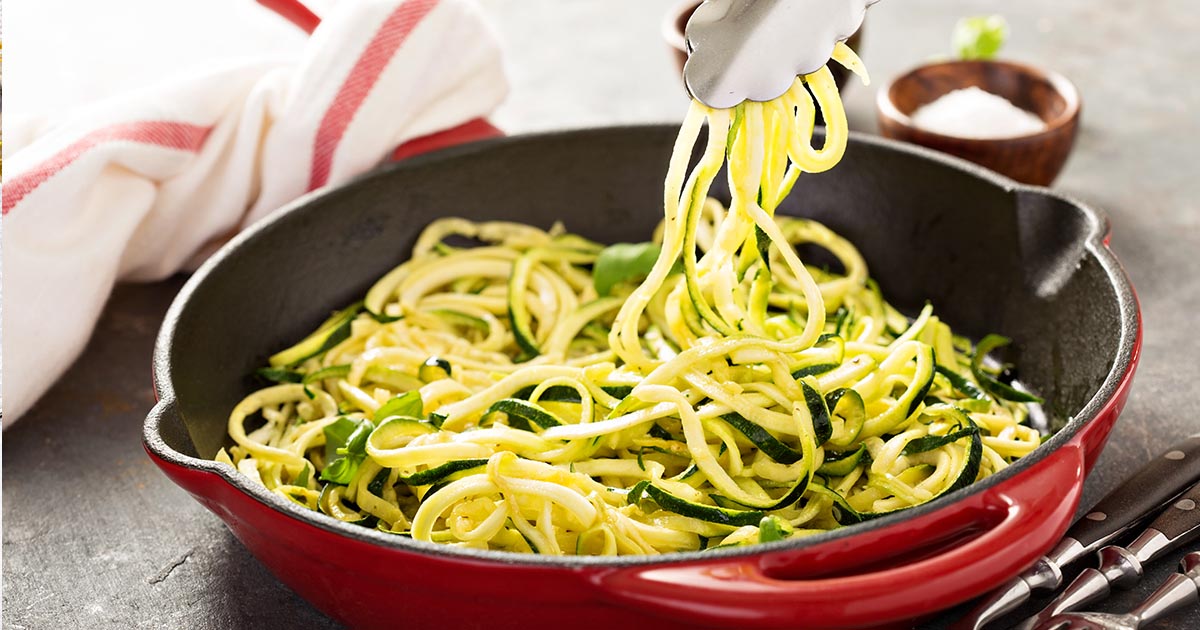Free Food in the Wild! Top Edible Plants You Should Know About
Primal Edge Health participates in the Amazon Services LLC Associates Program and other affiliate programs and therefore, may collect a share of sales or other compensation from the links on this page. This comes at no additional cost to you, and all the prices and availability are accurate at the time of publishing.
Explore the art of flavorful foraging by learning about common edible plants, identification, culinary uses, plus poisonous plants to avoid.
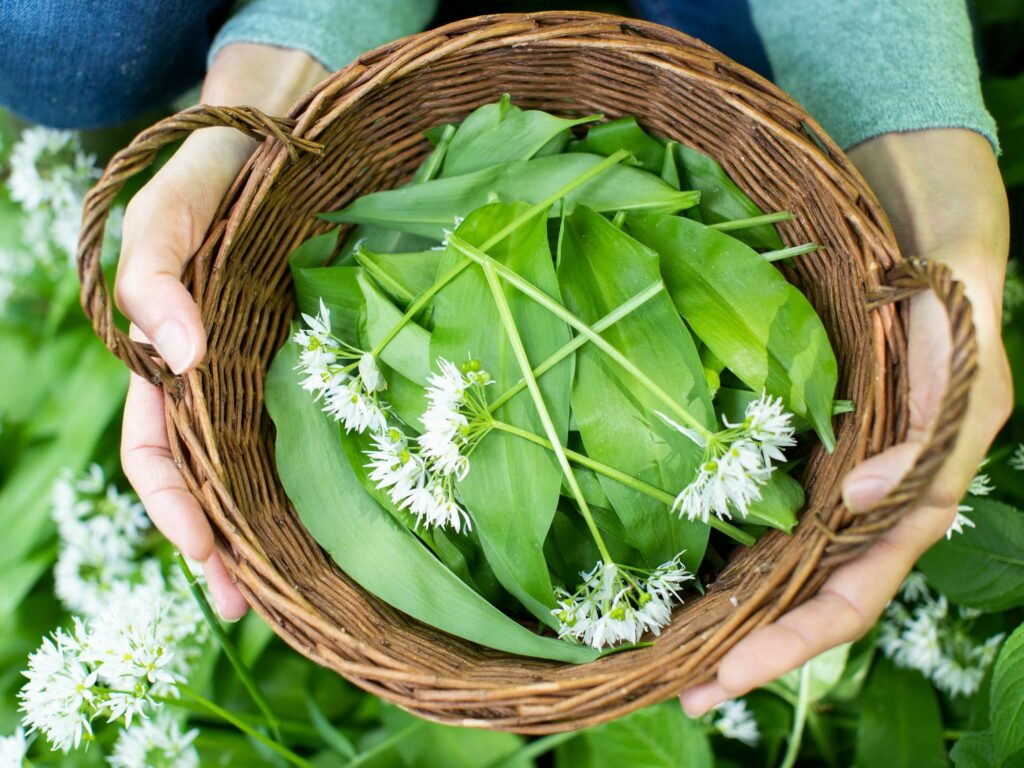
Wild edible plants are a great way to add flavor, nutrition, and variety to your diet. Foraging for wild edible plants can also be a fun and educational activity, but it is essential to do so safely and responsibly. Ensure to correctly identify the plants before consuming them, and avoid areas that may have been contaminated with pollutants or pesticides. It is also important to only take what you need and to leave plenty for other animals and future generations.
With a little bit of knowledge and effort, you can enjoy a variety of delicious and nutritious foods straight from your own backyard or local environment.
Table of Contents (click to view)
Identifying Edible Plants
When identifying edible plants, it’s important to exercise caution and take the time to correctly identify each plant before consuming it. Here are some tips for identifying edible plants.
Consider the Color
Many edible plants have distinct colors that can help with identification. For example, red berries such as strawberries are often safe to eat, while red mushrooms are often poisonous. Similarly, yellow flowers such as dandelions, are edible. In contrast, yellow berries such as the fruits of the buckthorn plant are toxic.
Location Matters
Different regions have different edible plants, so it’s essential to familiarize yourself with the plants that grow in your area.
For example, miner’s lettuce, and prickly pear cactus, are common in the Western United States. Southeast Asia offers delights like lemongrass and pandan leaves. And marula fruit and buchu can be found in Southern Africa.
Learn Plant Identification
One of the most critical steps in identifying edible plants is learning to identify plants in general. Learning about leaf shapes, stem structures, and flower types is beneficial. Many resources for learning plant identification are available, including field guides and online resources.
By keeping these tips in mind, it’s possible to safely enjoy the many delicious wild edible plants that nature has to offer.
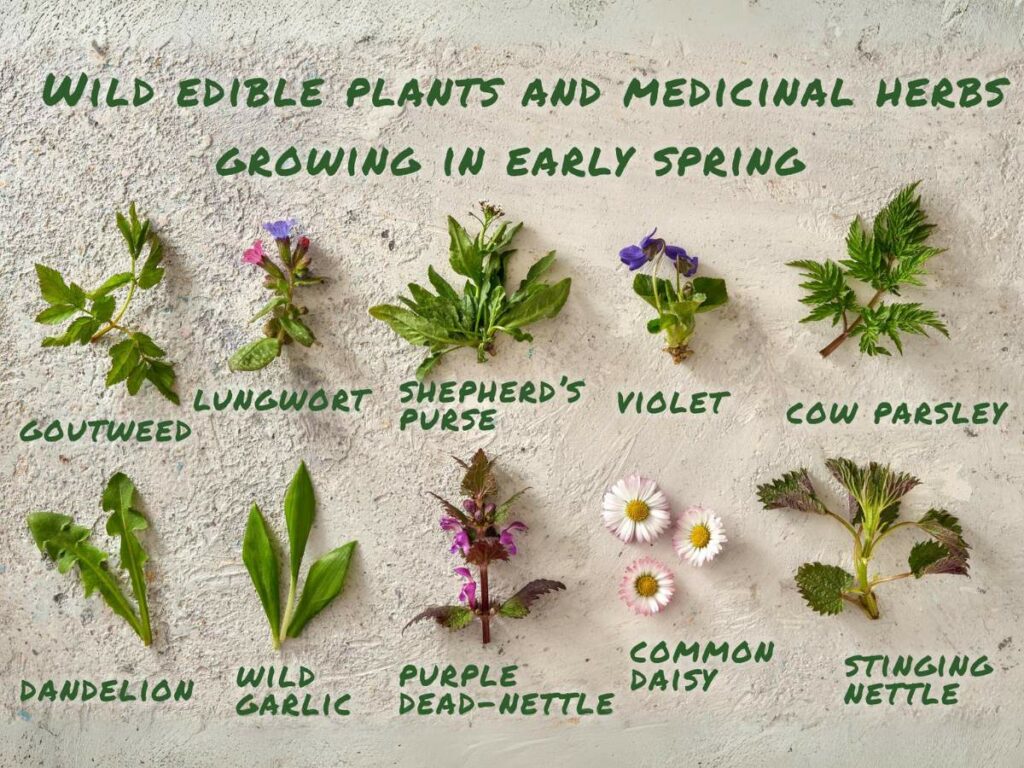
Seasonal Variations
Edible plants can vary by season, so knowing the right time of year to forage specific plants is crucial. Spring is great for finding tender greens like wild garlic, while summer is prime for berries. Fall offers nuts and seeds, and winter can be good for hardy greens and root vegetables.
Plant Parts
Different parts of the same plant can have varying degrees of edibility. For example, elderberries are edible, but the leaves, stems, and roots are toxic. Always make sure you know which part of the plant is safe to consume and how to prepare it properly.
Smell and taste tests
While not always recommended for beginners, experienced foragers often use smell and taste to help identify plants. Crush a small part of the plant between your fingers and smell it; familiar scents can often provide clues to the plant’s identity.
However, always be cautious and consult guides before tasting. When in doubt, discard it.
Foraging for Edible Plants
Foraging for edible plants is a rewarding activity; however, it’s crucial to approach foraging with caution and knowledge. Not all wild plants are safe to eat, and misidentification can have serious consequences.
Before heading out to forage, it’s important to learn about the plants that grow in your area. Many local nature centers offer guided foraging tours that can help you learn to identify edible plants. Investing in a field guide or smartphone app that can help you correctly identify plants in the wild is also a good idea.
While foraging, it’s essential to follow a few rules to ensure your safety and the sustainability of the ecosystem. First, only harvest plants that you can identify as edible. Avoid harvesting plants that are rare or protected. Always leave plenty of plants behind to ensure their continued growth and reproduction.
It’s also vital to forage in areas free from contamination. Avoid foraging near roadsides, and industrial sites, that may have been treated with pesticides or herbicides. Toxic soil can infuse edible plants with harmful substances.
Some great edible plants that are easy to identify, and perfect for beginners include dandelion, chickweed, and purslane. These plants are often considered weeds but are incredibly nutritious and delicious. With the right precautions, anyone can safely and responsibly forage for wild plants.
Common Edible Plants
Many edible plants are easy to find and can be used in a large variety of dishes. Here are some edible flowers, herbs, and berries that are perfect for use in cooking.
Edible Flowers
Edible flowers can add both color and flavor to a dish. Some common edible flowers include:
- Roses: Edible rose petals can be used to make a delicious tea or added to sweets and salads for a rich floral flavor.
- Dandelions: Dandelion flowers can be used to make wine and tea or added to salads for a slightly bitter flavor.
- Violets: Beautiful purple violet flowers have a delicate, sweet flavor. They are commonly used to decorate desserts or added to salads for a pop of color.
- Elderflower: Elderflowers have a highly fragrant floral taste and are often used to infuse beverages, syrups, or baked goods for a fun twist.
- Nasturtiums: These vibrant flowers have a peppery taste similar to watercress and can be used in salads, stuffed with soft cheese, or as a colorful garnish. Both the flowers and leaves are edible.
- Lavender: Known for its soothing scent, lavender adds a sweet, floral flavor to baked goods, teas, and desserts. It’s particularly popular in shortbread cookies, ice creams, and as a flavoring in lemonade. I use it as a garnish to add color over a frosted chocolate cake recipe.
Herbs
Wild herbs can add a lot of flavor to dishes. Some common edible herbs that are used in cooking include:
- Nettle: Nettle leaves have a rich, earthy taste and can be used in soups, teas, or even as a substitute for spinach in some recipes.
- Wood sorrel: Wood sorrel has a lemony flavor that works wonderfully in salads and sauces.
- Chickweed: Chickweed has a fresh green taste and can be used in salads, pesto, or sandwiches for an added crunch.
- Wild garlic: Wild garlic leaves have an intense, garlicky flavor and can be used as a seasoning or in pesto recipes much as you would regular garlic.
- Purslane: Purslane has a slightly sour and salty taste with a crisp texture, making it perfect for salads, stir-fries, and soups. It is also rich in omega-3 fatty acids, which are beneficial for heart health.
- Mint: Wild mint varieties, such as spearmint and peppermint, can add a refreshing flavor to mocktails, desserts, and savory dishes. Mint leaves can be used fresh or dried in teas, salads, and as a garnish for a variety of recipes.
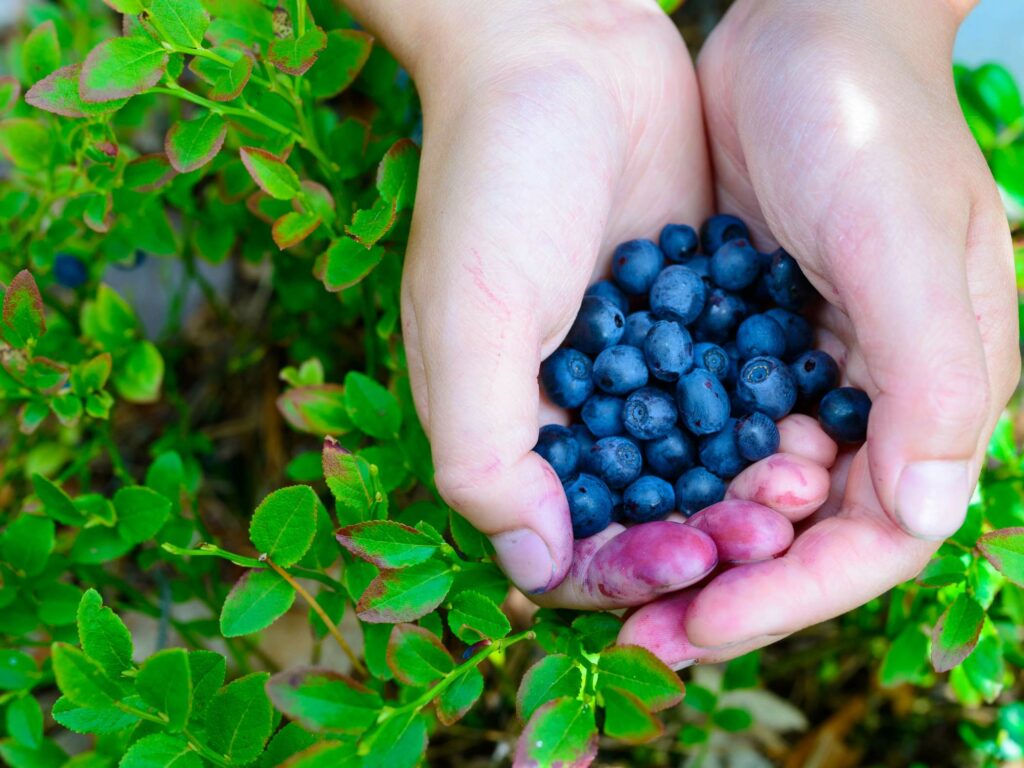
Berries
Berries are a great source of antioxidants and can be used in both sweet and savory dishes. Some commonly foraged berries that can be used in a variety of dishes include:
- Wild strawberries: Wild strawberries are smaller than the cultivated variety and have a sweet, slightly tart flavor that works well in desserts.
- Gooseberries: Gooseberries are small, translucent berries that can be green, yellow, or red. They taste very tart and are commonly used in jellies and sauces.
- Mulberries: Mulberries are long, dark purple berries that grow on trees. They have a super sweet flavor and can be eaten fresh or used in pies, and jams.
- Wild Huckleberries: Wild huckleberries have a unique sweet-tart flavor and are often foraged to make pies and preserves or enjoyed as a delicious snack.
- Blueberries: Wild blueberries are smaller and sweeter than cultivated varieties. They are perfect for baking into muffins, pies, and pancakes, or enjoyed fresh or in smoothies.
- Cranberries: Wild cranberries are very tart and are best used in sauces, relishes, and baked goods. They can also be dried and added to or salad, trail mix or cereal.
- Currants: Currants come in red, black, and white varieties and have a tart flavor. They are commonly used in jellies, jams, sauces, and baking. They can also be dried and used like raisins or eaten on their own.
Whether you’re using edible flowers to add color to a dish, herbs to add flavor, or berries to add sweetness, there are many options to choose from.
“I’m lucky to live in subarctic Canada where foraging is widely accepted as a regular activity for gathering food and herbal remedies. As a family we forage in the boreal forest for edible plants and herbs including wild onions, dandelions, sage, mint, various mushrooms, various berries including juniper and cranberries, plus wild roses and rosehips.”
— Sarita Harbour, An Off Grid Life
Cooking with Edible Plants
Edible plants can be used in various ways, from salads and soups to teas and pies. Whether eaten raw or cooked, these plants can add a delicious flavor to nearly any dish.
Incorporate them into salads:
- Nasturtiums for color and delicate flavor.
- Chopped chives for a mild onion flavor.
Make delicious soups:
- Stinging nettle leaves for a nutritious and flavorful soup.
- Chickweed for a unique flavor in nearly any broth.
Brew soothing teas:
- Chamomile flowers for a calming nighttime tea.
- Peppermint leaves for a refreshing tea.
Create luscious pies and sauces:
- Elderflowers for a delicious syrup to sweeten pastries or drinks.
- Wild strawberries for a flavorful dessert sauce.
With so many options to choose from, it’s easy to find a plant that suits your taste preferences. Just be sure to correctly identify the plant and ensure it is safe to eat before incorporating it into your dishes.
“Our folk school hosts foraging walks every year. Watching our students learn which plants in our area are edible is such a joy. And we also teach, almost more importantly, which plants they should avoid.”
— Laura Sampson, Little House Big Alaska
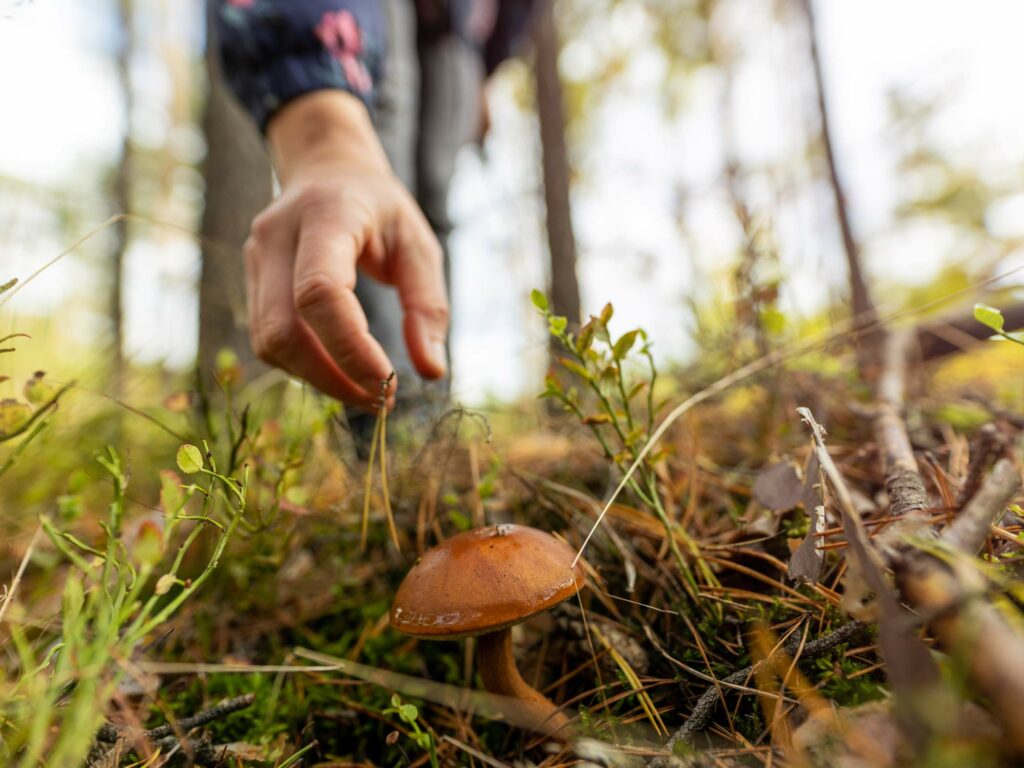
Poisonous Plants to Avoid
When foraging for edible plants, it’s super important to recognize and avoid poisonous plants. Here are some common toxic plants to watch out for and ways to identify them.
Poison Hemlock
Poison hemlock is a highly toxic plant often mistaken for wild carrots or parsley. It contains a toxin called coniine, which can cause respiratory failure and death in humans and animals.
Jimsonweed
Jimsonweed is a plant that contains potent toxins. All plant parts are poisonous, including the seeds, leaves, and flowers. Symptoms of poisoning include hallucinations, delirium, and seizures.
Deadly Nightshade (Belladonna)
Belladonna is extremely toxic and can cause symptoms ranging from dilated pupils and sensitivity to light to hallucinations and death. It is identified by its bell-shaped purple flowers and shiny black berries. The leaves and berries are highly toxic, so be wary!
Foxglove
Foxglove contains cardiac glycosides, which can cause heart failure if ingested. It is identified by its tall spikes of tubular purple or white flowers. All parts of the plant are toxic, particularly the leaves.
Castor Bean
The castor bean plant contains ricin, one of the most toxic substances known. Ingesting even a small amount of the beans can be fatal. The plant is identified by its large, star-shaped leaves and spiny seed pods.
If you are unsure about the safety of a plant, it’s best to err on the side of caution and avoid it. The Backpacker Magazine cites more wild plants you should never eat, including morning glory, moonseed, English yew, and oleander, among many others.
Tips for Sustainable Foraging
While some wild plants may be plentiful, it’s still not okay to take whatever you want. Here are some sustainable foraging tips from Planet Forward:
- Educate yourself on the local edible plants and their look-alikes. Use field guides, attend workshops, or join local foraging groups to gain knowledge.
- Only take what you need and never overharvest. A good rule of thumb is to take no more than one-third of any plant population so it continues to thrive.
- Remember that animals rely on these plants for food and shelter. Always leave plenty behind for them.
- Do not pick rare or endangered plants. Familiarize yourself with protected species in your area and avoid disturbing them.
- Be mindful of where you step to avoid trampling plants and disturbing wildlife habitats. Stick to established paths whenever possible.
- Forage during the appropriate season when plants are abundant and at their peak.
- Whenever possible, replant seeds or cuttings to help maintain plant populations. This can be done with certain herbs and plants that easily propagate from cuttings.
In Conclusion
The world of edible plants is vast, and there’s no shortage of delicious plants to discover in any region. As long as you exercise caution when foraging and take time to identify plants properly, the sky’s the limit when it comes to the culinary creations you can make and enjoy.
Portions of this article originally appeared on Food Drink Life.

